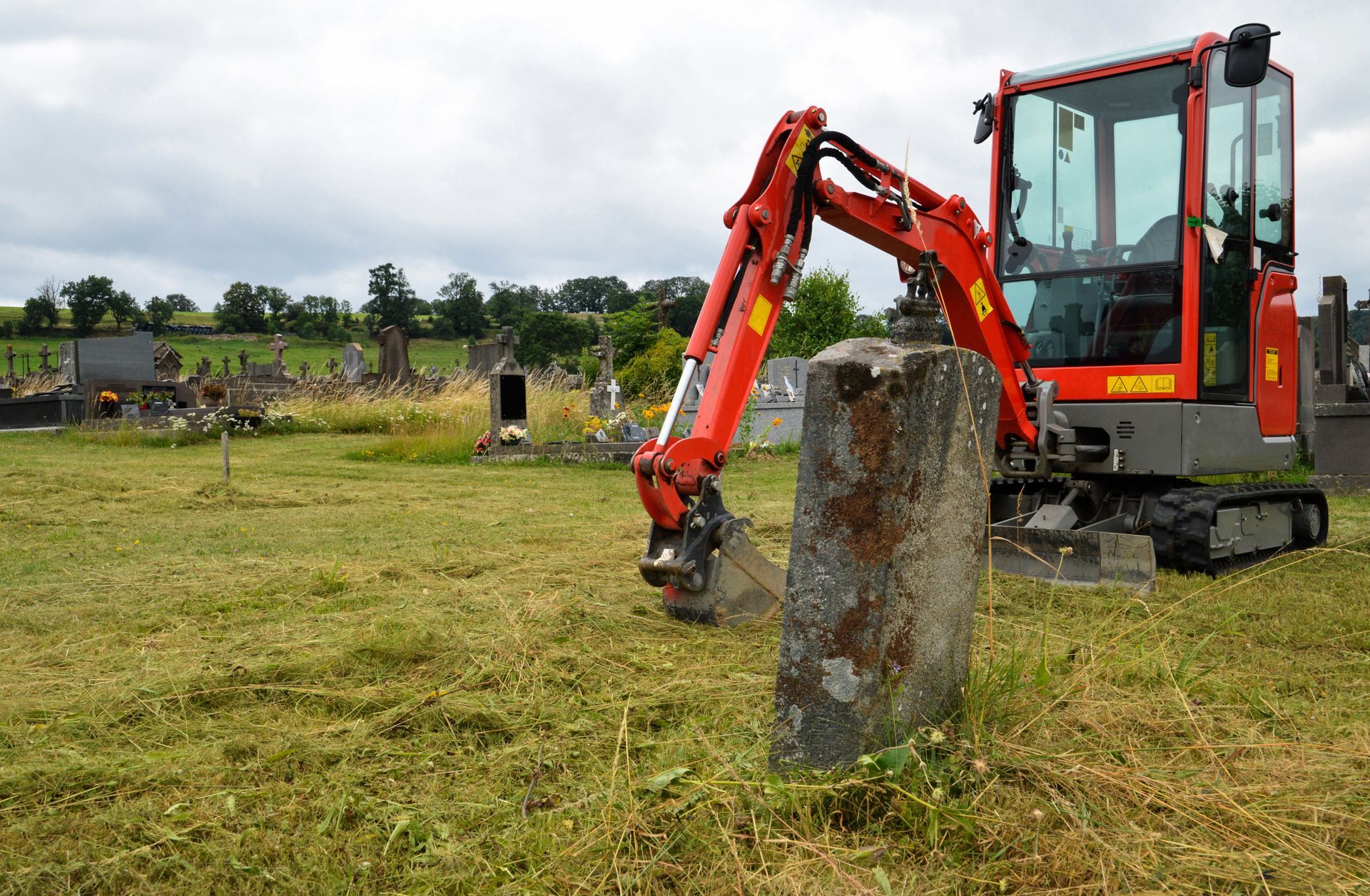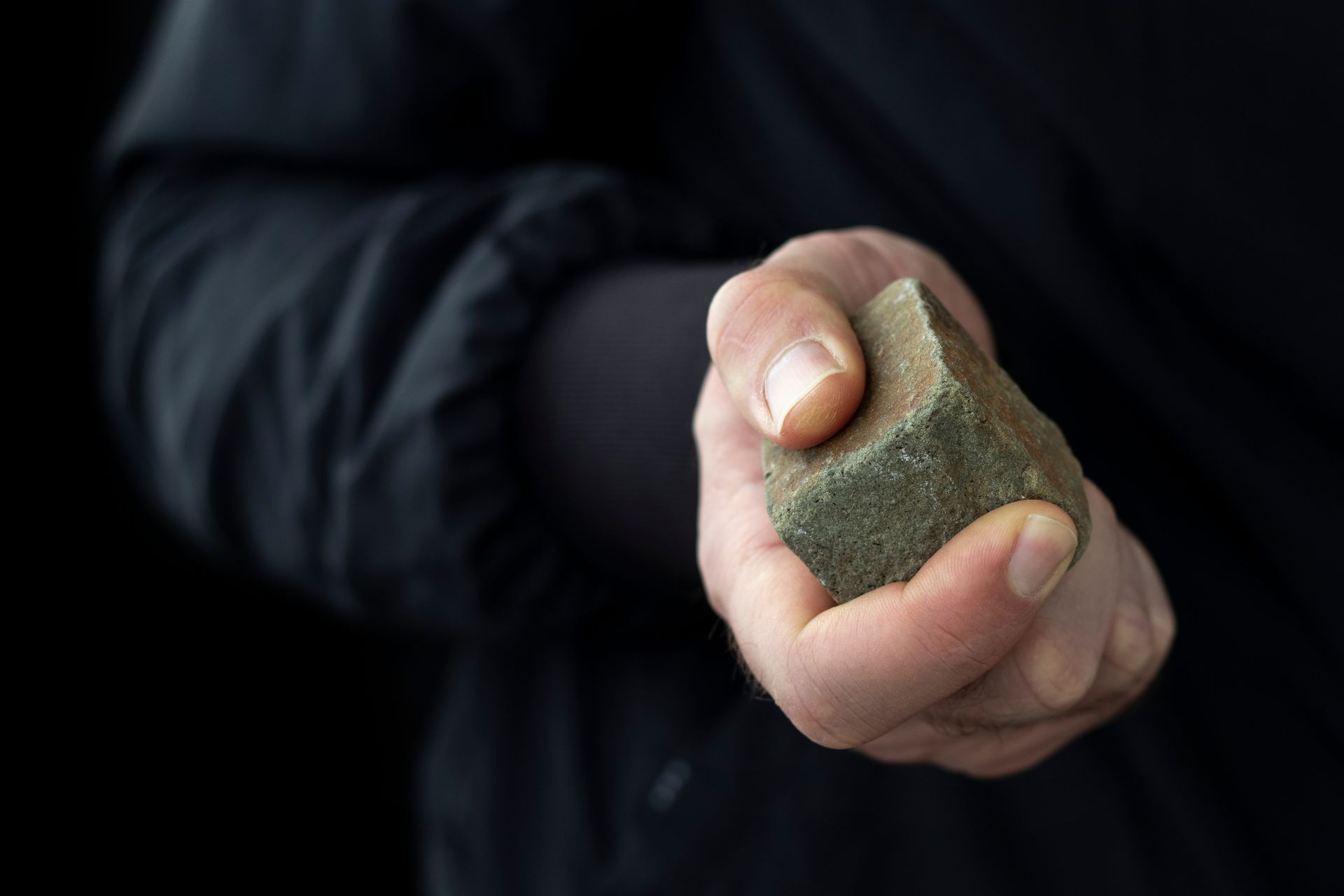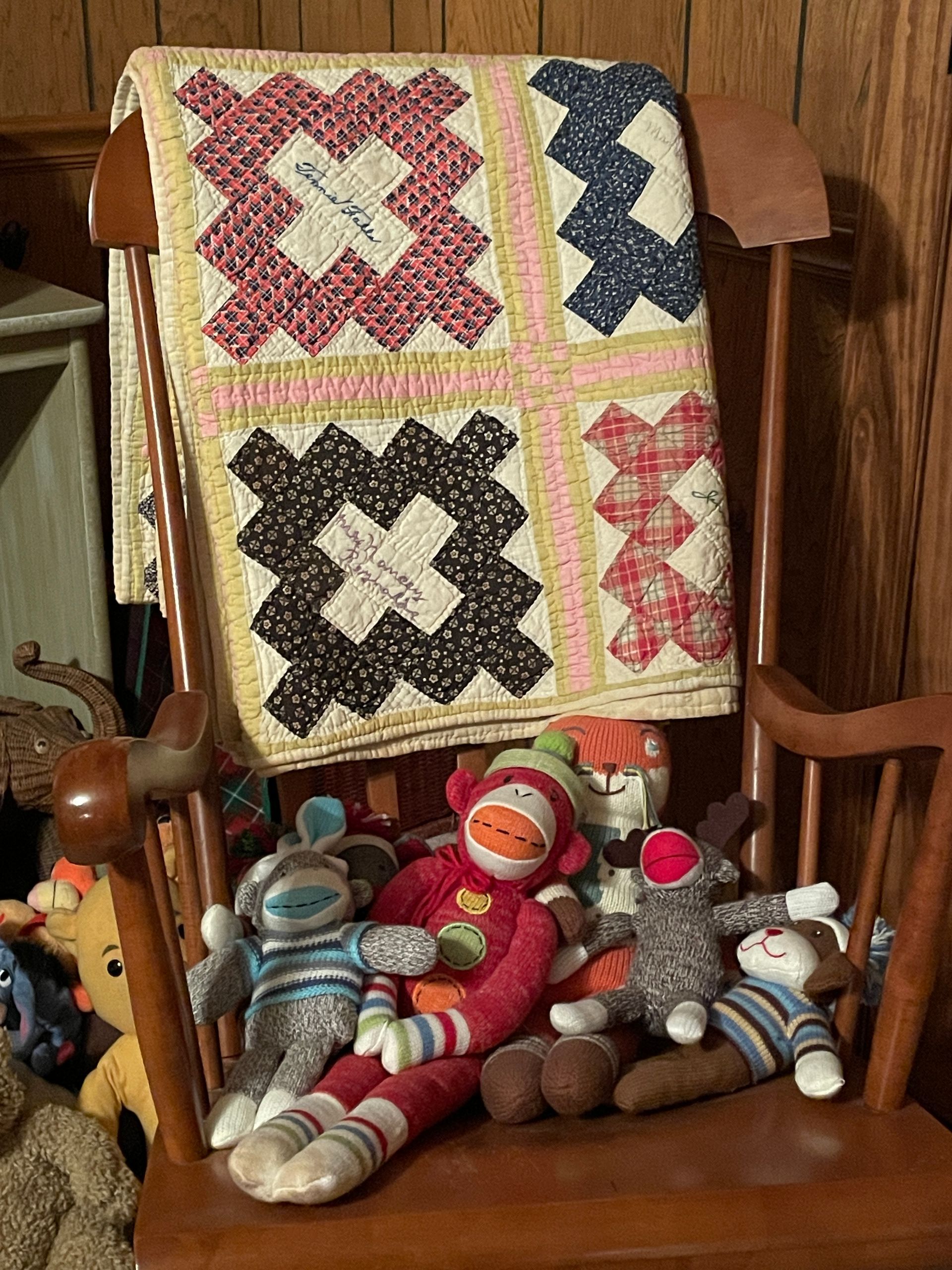Recently local and national news outlets picked up the story of Pauline Pusser’s exhumation, turning it into front page news and lead stories. Under the oversight of the Tennessee Bureau of Investigation, her grave in the Adamsville Cemetery—where her remains have been buried since her death at the hands of unknown assassins 57 years ago—was opened, her casket removed, and her body taken to the Forensic Center for examination. Why? Because 57 years ago, no autopsy was performed under circumstances which should have demanded one. And law enforcement was recently made aware of that omission.
Over the years, we have conducted several exhumations, also known as disinterments, each performed for a specific, legally sanctioned reason. For some, it brought family members together, either living or deceased or both. For others, it was necessary to determine the validity of alleged family relationships. And for a few, such as Mrs. Pusser’s, they were deemed necessary by law enforcement in their quest for additional evidence. Which begs the question, just exactly what circumstances will allow for the removal of a body from its final resting place?
According to the laws of the State of Tennessee, you can’t just go digging people up willy-nilly and moving them wherever. The reasons are extremely limited and include 1) to move an entire cemetery, 2) to move part of a cemetery, and 3) to reunite families. It then goes on to state that reuniting a family can mean moving a deceased to be closer to their living family members or to a cemetery where other family members are buried or will be buried. And not just anyone can request that this be done. The surviving spouse has the sole right, followed by all the children of adult age (pay close attention to that little word all), then by both parents, if both are still living, then all the adult siblings (there’s that pesky word again). You can only move to the next category of individuals if everyone in the preceding category is deceased—and everyone in that category has to be in agreement. Just one family feud can delay if not completely derail the process . . . and possibly involve a court of law should the majority wish to rule.
Speaking of the courts there are times, such as the exhumation of Mrs. Pusser, when the courts will decide that a disinterment should and may take place, but a criminal investigation isn’t the only time in which the courts will be required to rule on the request. If someone is attempting to establish a family relationship, such as paternity which will necessitate the opening of the casket and collection of material for DNA testing, the courts will have to grant permission. And if a person was originally buried and their legal next of kin wishes to have them cremated, a court order will be required.
There are a few (very few) exceptions under which a disinterment may be performed without a permit issued by the local health department (the office that is tasked with issuing such permits once all necessary paperwork has been completed, submitted, and approved). If a mistake has been made regarding the location of the grave within a cemetery, then the cemetery may correct that error without filing for a permit. Or, if a body was temporarily placed in a mausoleum or crypt awaiting the completion or availability of its final resting place, no permit is required when the body is moved to its permanent location.
Once the exhumation is done and the body has been reburied, the funeral director is required to return a completed copy of the permit to the issuing health department. That way, a few hundred years from now, official records will include the final destination of the deceased—just in case anyone ever comes looking for them.
So, now you know everything you’ve always wanted to know about exhumations in general (at least in the State of Tennessee), and probably a good bit you didn’t. The most important lessons to remember are that they don’t just magically happen overnight and definitely not on a whim—and my effort here doesn’t begin to cover everything required and involved. Removing someone’s earthly remains from the scared ground to which they were committed is a serious matter and should only be considered when absolutely necessary.
About the author: Lisa Shackelford Thomas is a fourth-generation member of a family that’s been in funeral service since 1926 and has worked with Shackelford Funeral Directors in Savannah, Tennessee for over 45 years. Any opinions expressed here are hers and hers alone and may or may not reflect the opinions of other Shackelford family members or staff.













